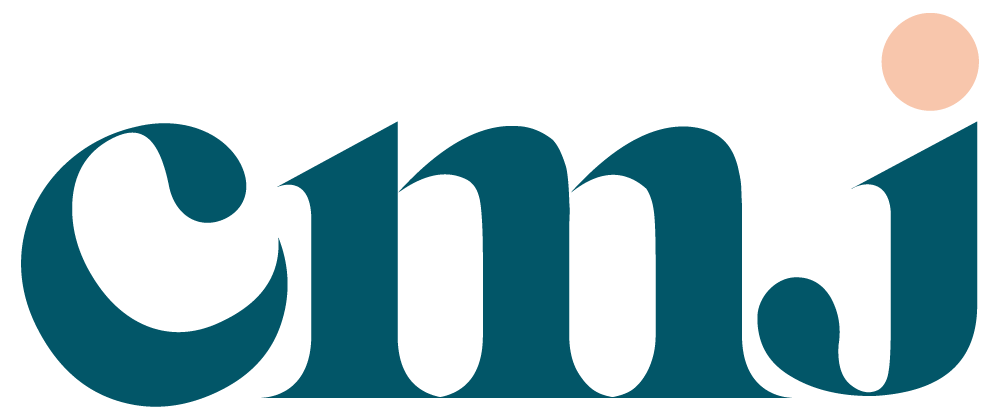7 Themes to Guide Your Community’s Engagement Plans
Brainstorming new ideas for community content and programming is a thrilling aspect of community-building work. However, without a structure or framework, it can feel random and arbitrary. This article will walk you through seven themes to guide your community's engagement plans, making the brainstorming process more streamlined and effective.
Understanding Community Content and Programming
Community content and programming consist of any resource or experience that supports organizing people, connecting people, and educating people consistent with your purpose. These can fall into two categories: Media, which includes any text, visual, or audio resource supporting community purpose and connection, and Shared Experiences, comprising events, activities, or event series.
The central question to ask while creating content is: "How will this media or shared experience help participants become who they would like to be?" It's crucial that the content you plan, encourage, and implement serves a purpose, providing value to participants.
Seven Categories of Content and Programs for Engagement Planning
Within the two categories of media and shared experiences, seven types of content and programs can significantly boost engagement. These categories are not mutually exclusive and can often overlap. However, it's essential to utilize all seven when planning your content and programs for engagement.
1. Educational
Educational content is the most common type in today's communities. It helps participants grow, either in terms of skills or a deeper understanding of a topic. For example, a webinar featuring a subject matter expert or special access to discussions with teachers can be highly beneficial.
2. Co-Creation
Organizing time and space for members to create things together is crucial for community bonding. If a resource is needed, you can create an experience where members gather to create or revise that resource as required. Examples include committees for specific projects, mural-making events, or wiki-style resource creation.
3. Stories
Community stories reflect your values and typically refer to how the community was formed, how it's changing, and how it affects the world. Sharing these stories through digital magazines or highlighting the community's work and milestones can create a sense of belonging among members.
4. Dialogue, Debate & Identity
This type of content encourages respectful and civil discussions about conflicts or "hot-button issues," helping to clarify the group's identity. This can strengthen the community as members gain a better understanding of what the group stands for.
5. Recognition
Recognition is critical for making members feel valued for who they are, not just for their transactional value to the community. Celebrating individual and group milestones through awards ceremonies or fellowships can help foster this feeling.
6. Friendship Cultivation
Content that cultivates friendships makes the community feel more connected. Participants sharing personal things about themselves or asking for help can foster a sense of mutual concern and support, transforming the community from a mere group into a genuine community.
7. Welcoming
Welcoming content helps new members feel recognized and acknowledged. Instituting a formal welcome process can help blend old and new groups, preventing segmentation and fostering a sense of unity.
A structured approach to brainstorming community content and programs can lead to more effective engagement strategies. By considering these seven categories of content - educational, co-creation, stories, dialogue, recognition, friendship cultivation, and welcoming - you can create a vibrant, connected community where every member feels valued and engaged.
Want Help Creating Your Community’s Content Strategy?
We can help you brainstorm fun, engaging, out-of-the-box content and programming ideas, create a content workflow and a structured content calendar, and put it all into place!
Whether an in-person facilitated workshop, a series of digital sessions, or something custom, we’ve got your back.
